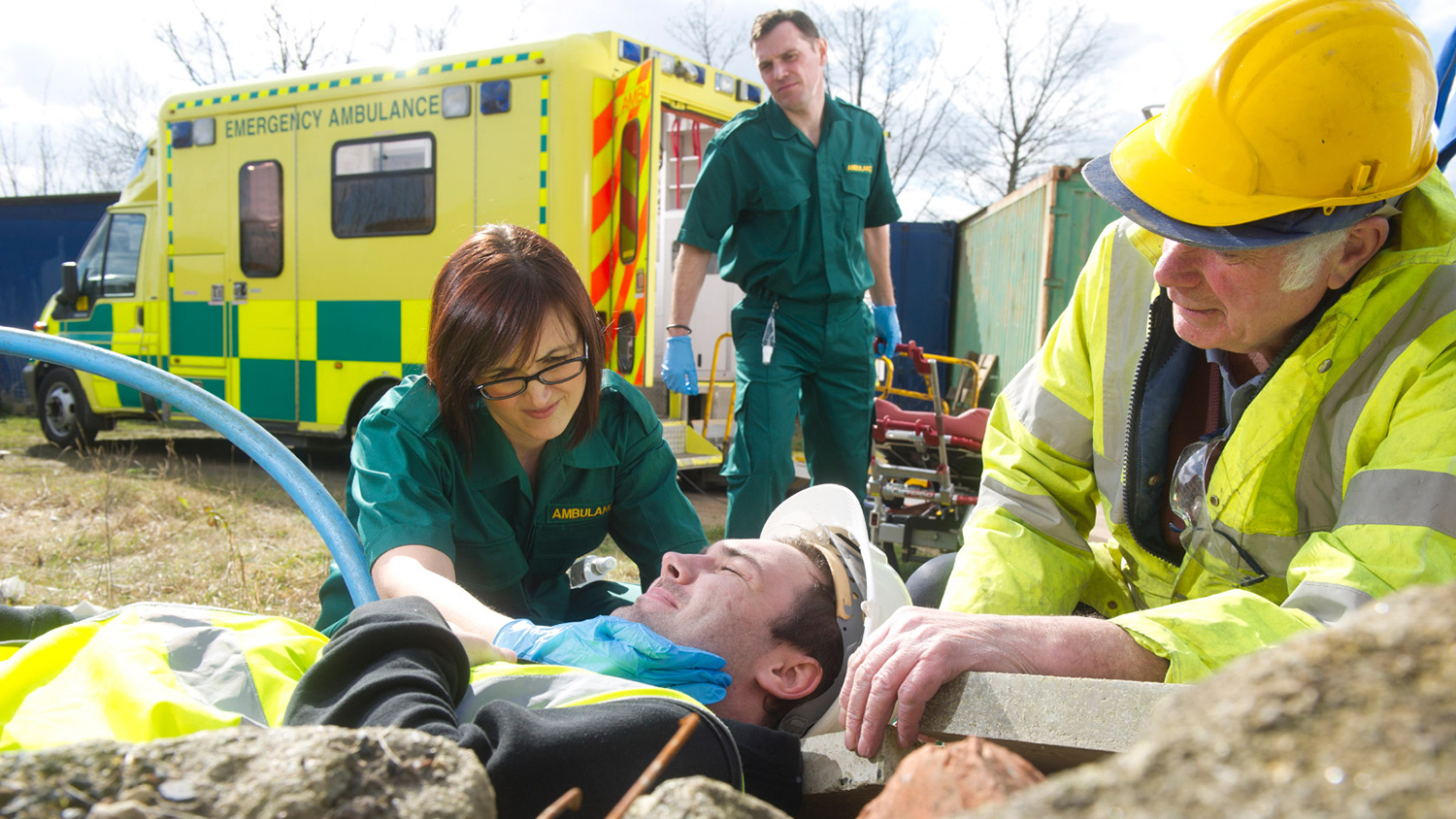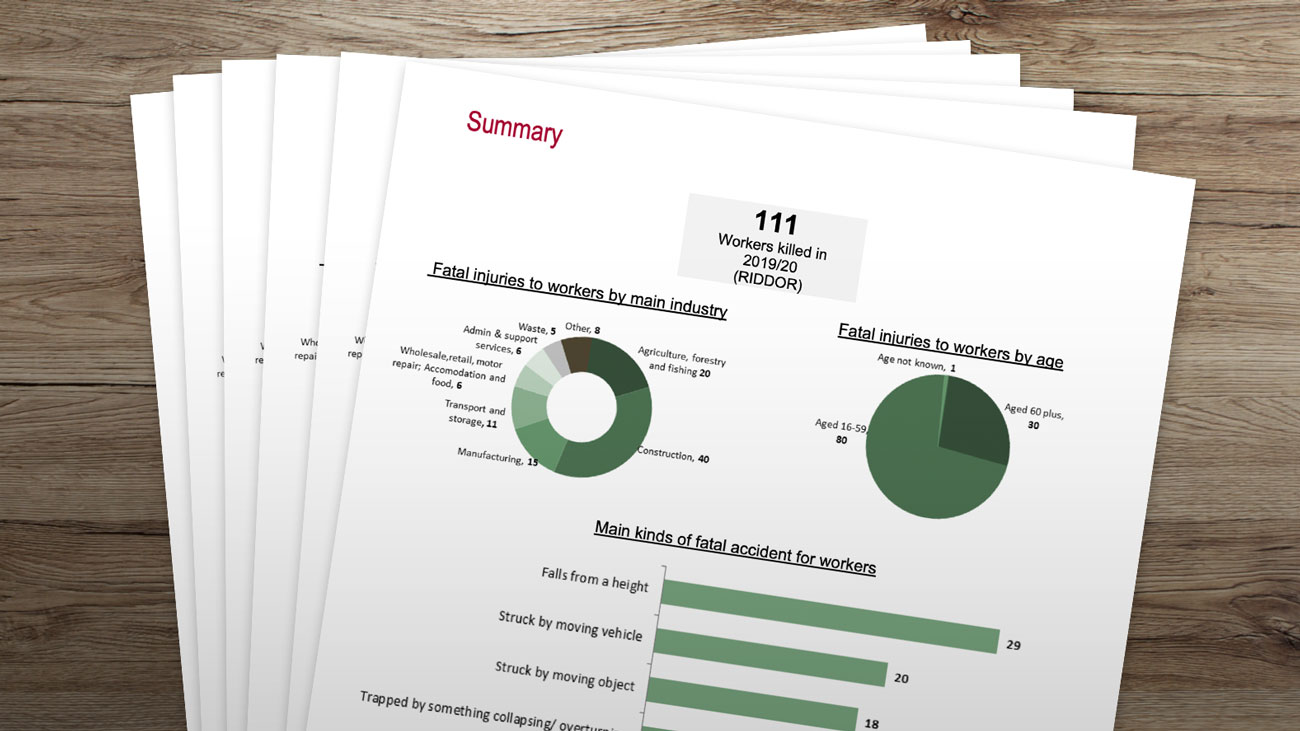
Briefing: Data, not deaths: why publishing fatality figures is crucial for improvement
The HSE published its annual workplace fatality data in Great Britain for 2021-22 last week. In this briefing, IOSH Head of Health and Safety, Ruth Wilkinson, looks at how such information can help drive improvement.
The Health and Safety Executive (HSE) in Great Britain has published its annual workplace fatality figures. Covering the period from 1 April 2021 to 31 March 2022, it shows there were 123 deaths from injuries sustained in workplace incidents.
Although there has been a significant reduction in workplace fatalities – there were 251 in 2001-02 and 495 in 1981 – this figure still remains far too high, and IOSH is calling on businesses to do more to prevent these tragedies. But while each death is a tragedy, and leaves family, friends and colleagues to cope with their devastating loss, it is crucial that we continue to monitor and publish such figures, which highlight the fact that work still needs to be done to protect people.
Publishing figures such as these raises awareness and can drive improvement in occupational safety and health. It enables us to identify trends and risks, and to reflect on where the main issues lie and identify areas for improvement and explore how we might make things better and prevent recurrences. By contrast, the lack of such figures – and there are a number of countries that do not publish them – makes it very difficult to judge how well people are being protected at work and therefore mean it’s not possible to see the scale of the problem and if improvements need to be made and how.
Within Goal 8 of the Sustainable Development Goals – “promote sustained, inclusive and sustainable economic growth, full and productive employment and decent work for all” – fatal and non-fatal injuries are one of the indicators. So, with that in mind, we are calling on governments and regulators in all countries to ensure they have a system in place whereby they collect data on work-related deaths and non-fatal injuries to ensure they make such data publicly available. Only then can they begin to drive improvements for good safety and health management, working conditions and decent work. In the UK, if someone dies at work, and it is work-related, the employer must tell the Health and Safety Executive (HSE) immediately, either by phone or using the online reporting system.
Looking at the newly-published British figures, what do they tell us?
Among the key headlines are:
- The worst-affected industries were construction (30 deaths), agriculture, forestry and fishing (22) and manufacturing (22).
- Falls from height was the biggest cause (29 deaths), with being struck by a moving vehicle next (23).
- About a quarter of deaths (29) were to workers aged 60 and over, even though they make up only 11% of the workforce.
- A third (33%) of those who died were self-employed even though such workers make up only 16% of the workforce.
Looking through these, we can begin to see where the main issues lie, so we can see where most work is needed to drive numbers down.
We can see, for instance, that construction, agriculture and manufacturing are the worst-affected industries. This is nothing new, but it tells us that, despite the work that has gone into protecting people in those industries, more is needed.
We also know that falling from height is the biggest cause of death, so we know more work is needed to ensure people working at height do so safely.
The data also reveals that there are a disproportionate number of older workers and unemployed people sustaining fatal injuries so we can ask ourselves what can be done to better protect these people. A more in-depth look will reveal even more issues for which we can review and take corrective action. This is why publishing such data is crucial and we urge other countries that don’t do so to ensure they do. Quite simply, data can help raise awareness and drive action to prevent deaths.






